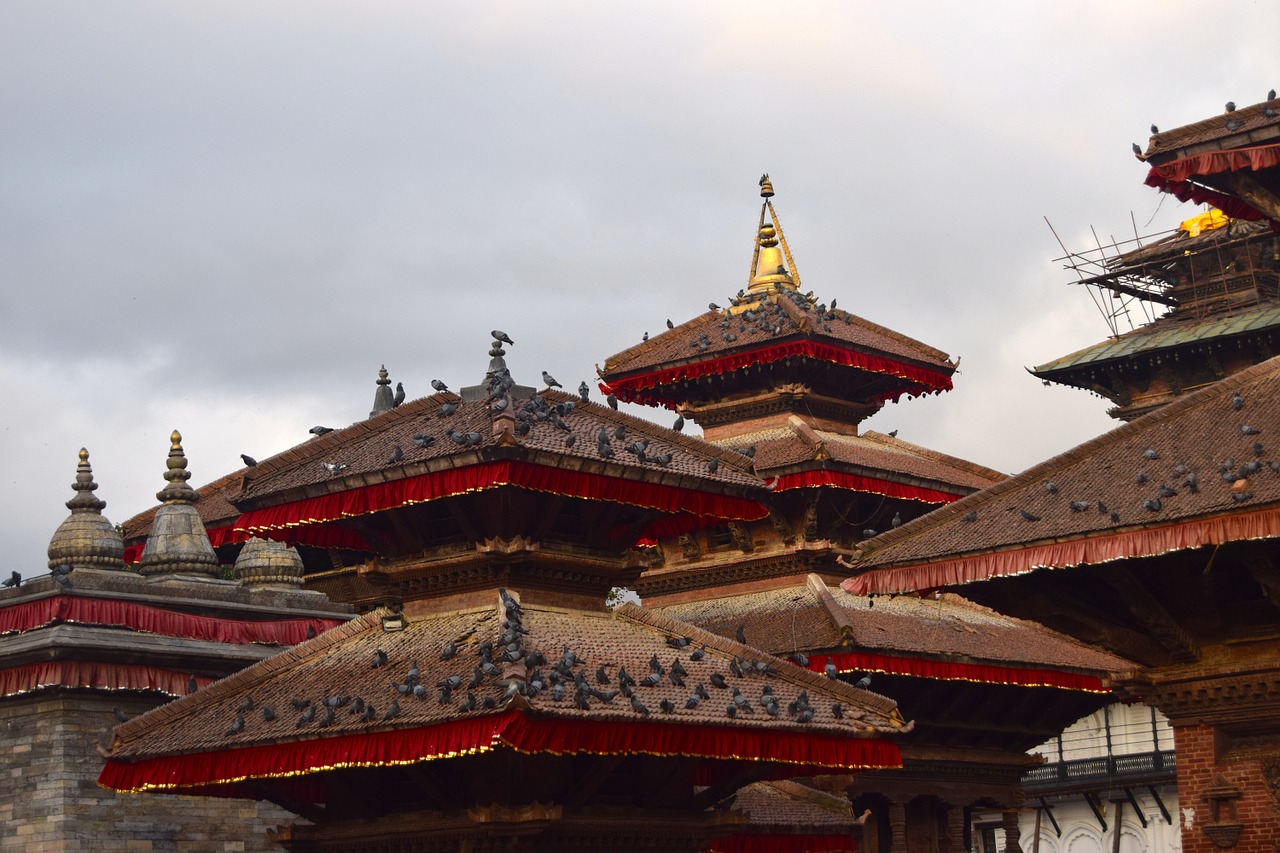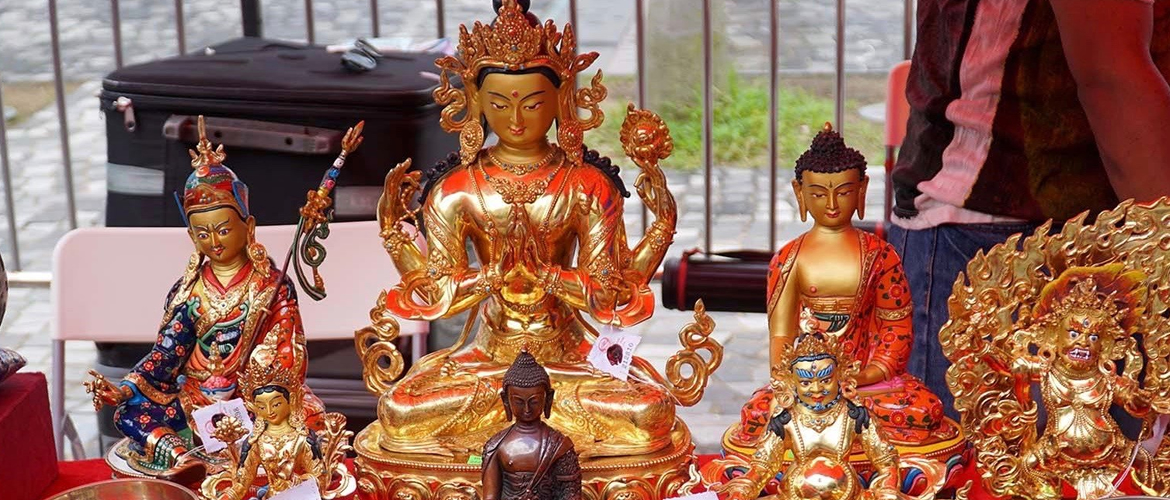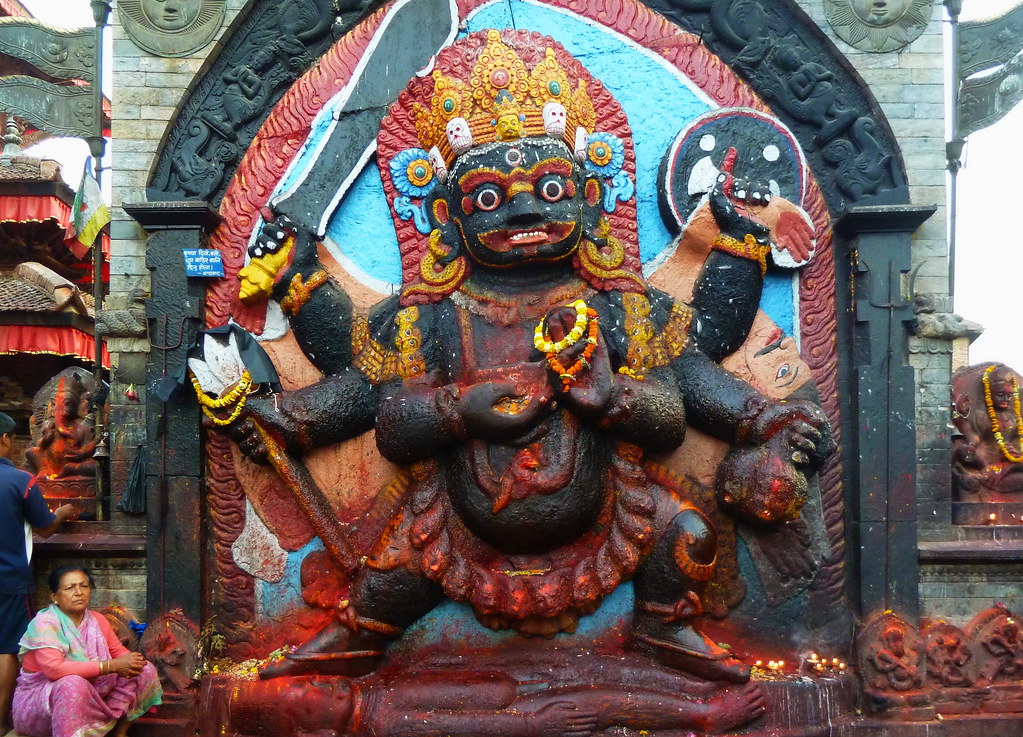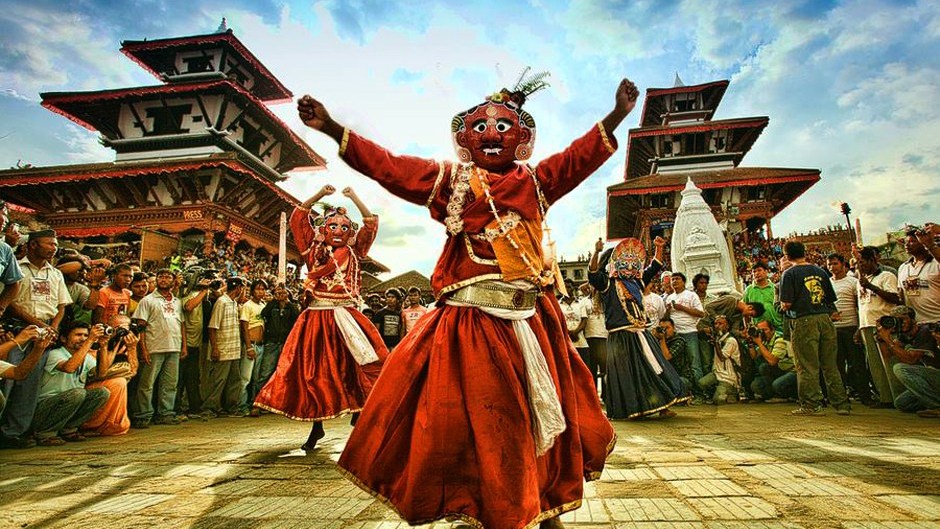Exploring the Ancient Temples of Kathmandu Valley: A Journey Through Nepal’s Religious Architecture
Nepal, nestled in the heart of the Himalayas, is a country where Hinduism and Buddhism intertwine seamlessly. The Kathmandu Valley, with its rich history dating back over two millennia, serves as a testament to this unique cultural fusion. Let’s embark on a journey through the valley’s most iconic temples, exploring their architectural styles, historical significance, and religious importance.
The Melting Pot of Faiths: Understanding Nepal’s Religious Landscape
Before diving into the specifics of Kathmandu’s temples, it’s crucial to understand the religious context of Nepal:
- Over 80% of Nepal’s population identifies as Hindu or Buddhist
- There’s often no clear distinction between Hindu and Buddhist practices in Nepal
- The country boasts over 1,200 ancient Buddhist temples and more than 2,000 ancient Hindu temples
- Some temples are believed to be over 2,000 years old, though most date from the 11th to 18th centuries
Architectural Styles of Nepalese Temples
Nepalese temple architecture can be broadly categorized into three distinct styles:
- Dome Style Temples (Stupas):
- Primarily associated with Buddhism
- Feature a white dome with a gilded spire and canopy
- Often adorned with prayer flags and the Buddha’s eyes
- Examples: Swayambhunath, Boudhanath, Charumati Vihara
- Multi-roofed Temples (Pagoda Temples):
- Unique to Nepal
- Characterized by multiple tiers with wooden eaves
- Built with bricks and copper or mud tile roofs
- Examples: Pashupatinath, Kumbheshwor, Changu Narayan
- Spire Temples:
- Influenced by Indian temple architecture
- Distinguished by single or multiple spires
- Examples: Krishna Temple, Mahabouddha Temple, Jagatnarayan Temple
Pashupatinath: The Crown Jewel of Hindu Temples in Nepal
Pashupatinath, located on the banks of the Bagmati River, is not just a temple but a sprawling complex of immense religious significance:
- UNESCO World Heritage Site
- Two-storied pagoda temple with copper roof and golden pinnacle
- Dedicated to Lord Shiva, known here as Pashupatinath (Master of Animals)
- Only Hindus are allowed inside the main temple
- Hosts major festivals like Shivaratri, attracting over a million devotees
Historical Significance of Pashupatinath
- Believed to have been built around 400 AD
- Earliest recorded mention dates to 753 AD
- Renovated multiple times by Nepalese kings
- Current structure erected in the 17th century by King Bhupendra Malla
The Pashupatinath Complex
The temple complex houses numerous shrines and points of interest:
- Arya Ghat: Main cremation site along the Bagmati River
- Bashuki Temple: Dedicated to the serpent god guarding Pashupatinath’s treasures
- Guhyeshwari Temple: Honors Sati Devi, Shiva’s consort
- Kirateshwor Temple: 5th-century shrine linking Shiva to the Kirat people
Exploring Kathmandu’s Temple Trail
Budhanilkantha Temple
- Houses a massive reclining Vishnu statue in a water tank
- Located at the foot of Shivapuri National Park
Kathmandu Durbar Square
A UNESCO World Heritage Site featuring numerous temples:
- Taleju Temple: Tallest temple in medieval Nepal
- Kumari Chhen: Home of the Living Goddess Kumari
- Kashthamandap: The wooden pavilion that gave Kathmandu its name
Patan Durbar Square
Another UNESCO site, known for its exquisite architecture:
- Krishna Temple: Stone temple showcasing fine Nepali craftsmanship
- Red Machhendranath Temple: Site of a grand annual chariot festival
- Kumbheshwar Temple: Five-tiered Shiva temple from the 11th century
Bhaktapur Durbar Square
The third of Kathmandu Valley’s UNESCO-listed royal squares:
- Nyatapola Temple: Impressive five-story pagoda on a five-tiered platform
- Batsaladevi Temple: Dedicated to Parvati, built in the spire style
- Changu Narayan Temple: One of the oldest temples in the valley, dedicated to Vishnu
Preserving Nepal’s Sacred Heritage
These ancient temples are more than just tourist attractions; they’re living monuments to Nepal’s rich cultural and spiritual heritage. As you explore the winding streets of Kathmandu Valley, each temple tells a story of faith, artistry, and the enduring spirit of the Nepalese people.
Whether you’re a history enthusiast, an architecture lover, or a spiritual seeker, the temples of Kathmandu Valley offer a profound journey through time and tradition. As you plan your visit to Nepal, make sure to include these awe-inspiring sanctuaries in your itinerary, and prepare to be moved by the devotion and beauty that permeates every stone and carving




Post Comment